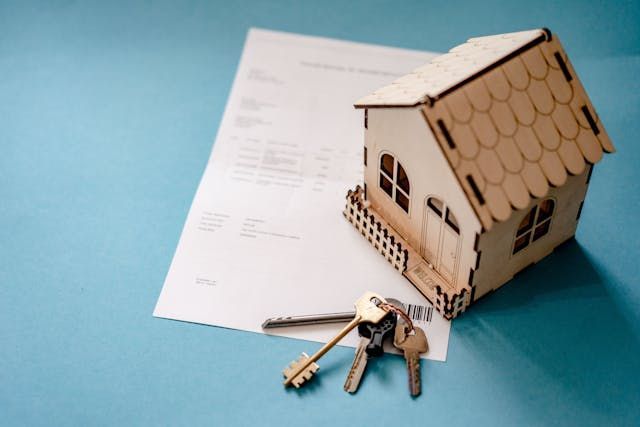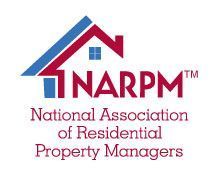Why Managing Tenant Move Out Is Important for Property Owners?

Tenant move-outs is part of the rental lifecycle. Property owner needs to address a number of points during this process. Few important ones are highlighted as below:
- To check and ascertain if the property left by tenant is in sound condition.
- Check for any dues – Rent, arrears, etc.
- Turn the property for next tenant.
Property owners may overlook key details. Planning ahead of time by following a streamlined process can help property owners avoid headache later on.
Why property owners should conduct a move out inspection?
- The property owner has to reimburse the security deposit when the tenant moves out within 30 days by Texas law. The move-out inspection tells the property owner if there is any damage to the property and what would it cost to repair it. These expenses may have to be deducted from the security deposit before refunding to the tenant.
- It is good to conduct the move-out inspection. The property owner must inform the tenant about repair costs that will be deducted from the security deposit in writing. A clear communication helps in avoiding conflict between the tenant and property owner.
- Remember, property damage & normal wear and tear are two different things. It is ok to provide leniency to tenants and let them give you a glowing review rather than harp on a $50 repair.
How to conduct a move-out inspection?
Every property owner has his own unique way of conducting move out inspections. The following pointers help in streamlining the process:
- Prepare a move out inspection checklist.
- Document every damage & click pictures.
- It is good to have the tenant present at the time of inspection, but may not always be the case.
- Present to the tenant a list of damages and get a signature on the list.
- Try to give the repair cost estimate at the end of the inspection.
- To take note of normal wear and tear. This will help in turning the unit over for next tenant and in general upkeep of the property.
What should the move-out checklist include?
- Checklist can have rooms, bathrooms, kitchen, storage, lawn & patio, etc. on it.
- Determine the subcategories for each space such as walls, ceiling, floors, windows, window treatments, light fixtures, electrical outlets, smoke detectors, carbon monoxide detectors, doors, etc. List these subcategories under every room.
- Identify unique features of every room and list them under the specific room. These features may include a dishwasher, sink, refrigerator, stovetop, oven, countertops, etc.
- These checklists can be paper based; but digital software works way better. It also provides a way to quickly pull up information when needed in future.
In addition, to inspection, few other points as below can be addressed:
- Make a list of all the keys provided to the tenant and if any copies were made. At the time of the tenant moving out, make sure to take back all the keys.
- Update the alarm codes of security system (if installed) after the renter leaves.
Hiring a professional property manager can ease the process as they have the experience and resources for conducting an effective move-out process for owners.
Hunter Rentals & Sales provides complete rental property management for owners. The property management services offered include property marketing, tenant screening, property maintenance, rent collection, etc.
For more information, visit Hunter Rentals & Sales at 1503 W Stan Schlueter Loop, Killeen, TX – 76549 or call at (254) 634 – 3311. You can also visit www.hunterrentals.com







